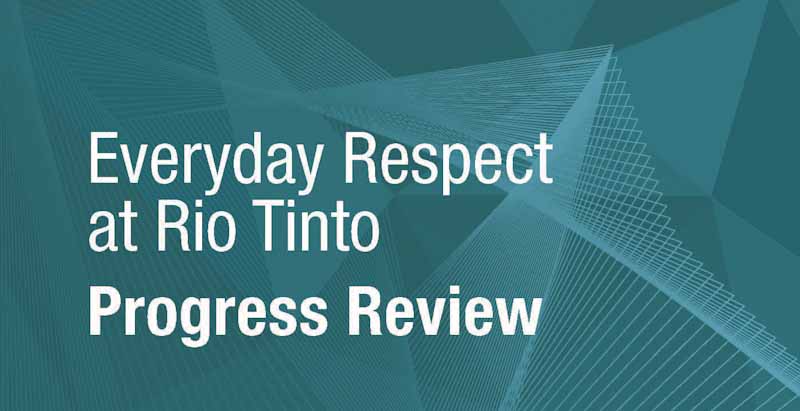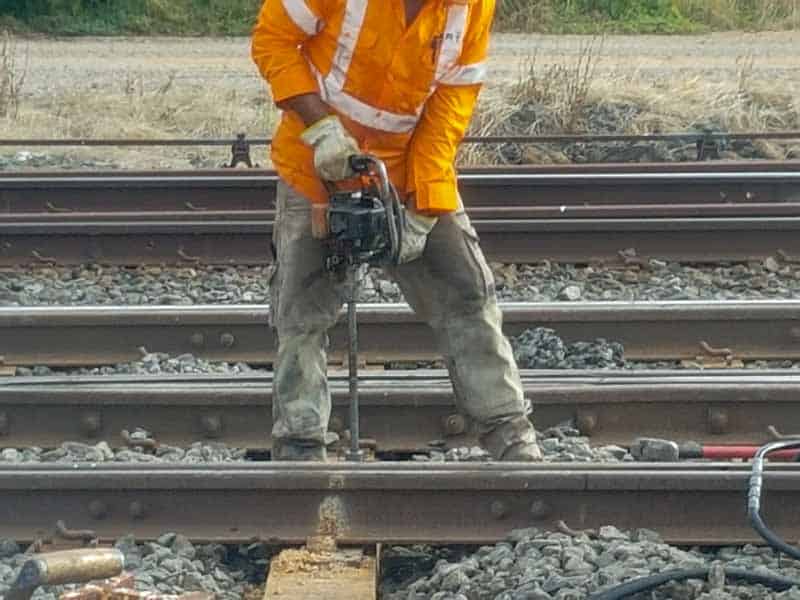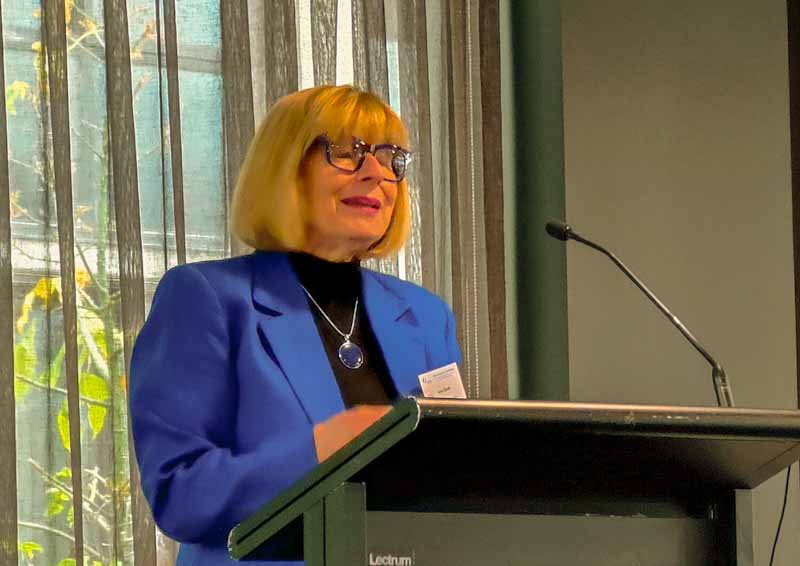[The following article discusses suicides]
Suicide has been a running thread in this blog for many years, and the occupational health and safety context will continue to be examined. The issue appears in unlikely locations, such as a book translated from French called “The New Spirit of Capitalism”.
The study of suicide is finally overcoming the social stigma to accept that the causes are many, in work and in life, and that mental illness is not always present when people decide to die by suicide. Statistics have helped enormously in this by showing that rates of suicide have not declined, even with millions of government dollars going to mental health organisations.
Here are Luc Boltanski‘s and Eve Chiapello‘s thoughts on those causes and statistics:






